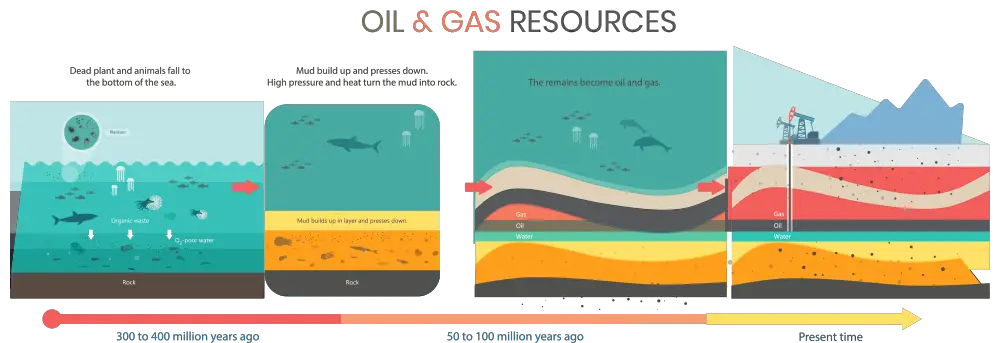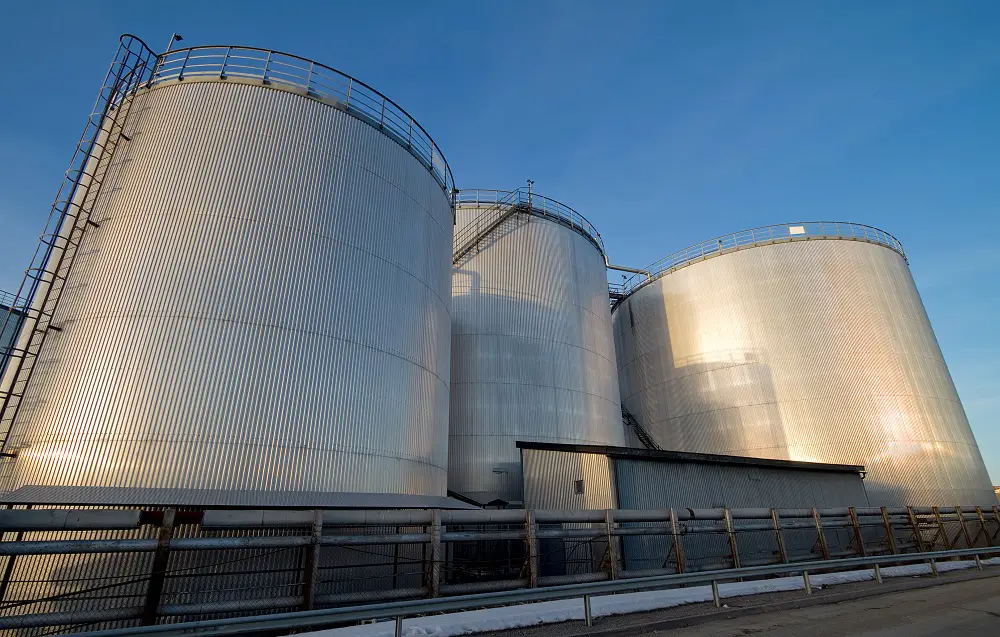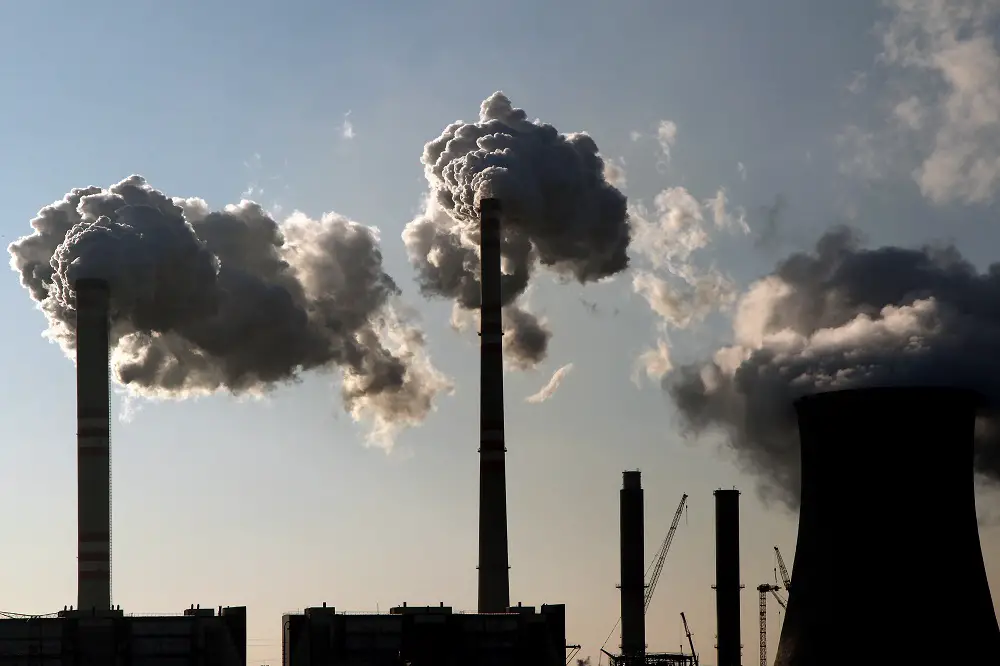A non-renewable resource is something that is in limited supply, and will run out within human lifetimes if consumed too quickly.
Sometimes the term ‘renewable’ is used to describe a source of energy that does not give off any pollution, and while this is partially correct, it is not the complete definition of the term.
Understanding the Term “Renewable”
What makes a renewable energy source different from a non-renewable one is that when it is used, it is not used up – it is constantly being replenished.
To help illustrate this concept, imagine a water cooler with a full bottle:
When you take a cupful of water from the cooler, the amount of water in the bottle goes down a little. If you keep taking cupfuls of water, eventually there will be no water left in the cooler. Assuming it is impossible to replace the bottle, once it is empty, no more water can be taken; This is what we mean by a non-renewable source.

However, imagine that there is a tap dripping into the water cooler, constantly topping up the bottle. If you take a cup of water from the bottle, after a little while the dripping tap will fill the bottle back up again. You could take another cup, and the bottle would fill up again. You could keep taking cups of water, and the water bottle would never run out because it is constantly being topped up. In this case, the water cooler would be considered a renewable source of water, since it is constantly being replenished.
You may have realised the problem with this ‘renewable’ source of water. If too many cups of water are drawn too quickly from the cooler, the bottle would drain empty, and you would not be able to draw any more water from the bottle until the dripping tap had filled the bottle up again.
Learn More: Other Examples of Non-renewable Resources
Why Fossil Fuels are Non-Renewable Resources
The analogy above is a good way to think about fossil fuels; A fossil fuel is a source of energy that is drawn from below the ground.
There are three types of fossil fuel:
- Solid fossil fuel: coal
- Liquid fossil fuel: oil – from which we also get gasoline/petroleum and diesel
- Gaseous fossil fuel: natural gas (mostly methane)
We need an understanding of how the fossil fuels got into the ground in the first place, and for this we need to look back millions of years.
How Fossil Fuels are Made
Fossil fuels are made out of plants and creatures that were growing and living on earth hundreds of millions of years ago. When they died, their remains rotted into the ground and started turning into peat. Peat still forms today in wet swampy environments, accumulating at the rate of about 1mm per year on average.
If a productive peat swamp is left untouched for about 60,000 years, enough peat will collect to form a seam of coal about 3m deep. But that peat isn’t coal yet – for it to turn into coal, it needs to be compressed over hundreds of millions of years.1

As early as the 2nd Century AD, there is evidence that the Romans used coal to power their underfloor heating systems, but globally coal was being dug out of the ground at a very slow rate.
It was not until the beginning of the industrial revolution about 200 years ago when steam engines were invented that use of coal skyrocketed globally. By the 1880s, coal was being used to power electricity generation stations and since then we have been digging it out at faster and faster rates.2
That coal that has taken hundreds of millions years to form is dug out of the ground and burnt to generate electricity and provide heat. One peat swamp like the one mentioned above (assuming it was about 10m square in size) would produce around 300 tons of coal – enough to power a modern 1000MW power station for about an hour.
We humans are taking coal, oil and gas out of the ground much, much faster than it can be made by natural processes. This is like the analogy of the tap dripping into the water cooler – only we are drawing water not by the cupful but by the bucket load.
If we continue to take fossil fuels out of the ground at the rate we are doing, soon there will be none left, and we will have to wait hundreds of millions of years for more to form.
The Amount of Fossil Fuels Left in the Ground
It is difficult to determine how much fossil fuels are left, and various estimation methods are used to guess the amounts of underground reserves that haven’t been found yet.
There is general agreement amongst the scientific community that if we continue to use fossil fuels at the rate we are doing, oil and gas will run out at some point before the end of this century. This is within the lifetime of many people who are alive today. Coal will last a bit longer, with estimates placing total worldwide coal depletion at about 114 years.3
So, whilst one could argue that fossil fuels are technically renewable – in that they do continue to be replenished – in practical terms this is nonsense. They are replenished so very, very slowly compared to the speed they’re being used up, that on the scale of human lifetimes, it is entirely appropriate that they are considered non-renewable.
The world running out of fossil fuels is not something that happens far off in the distant future, it is something that is beginning to happen now, and we as a human race need to face this reality and take action to drastically reduce the amounts of fossil fuels we are using.
If we don’t – just like the water cooler – one day we’ll turn the tap and nothing will come out.




